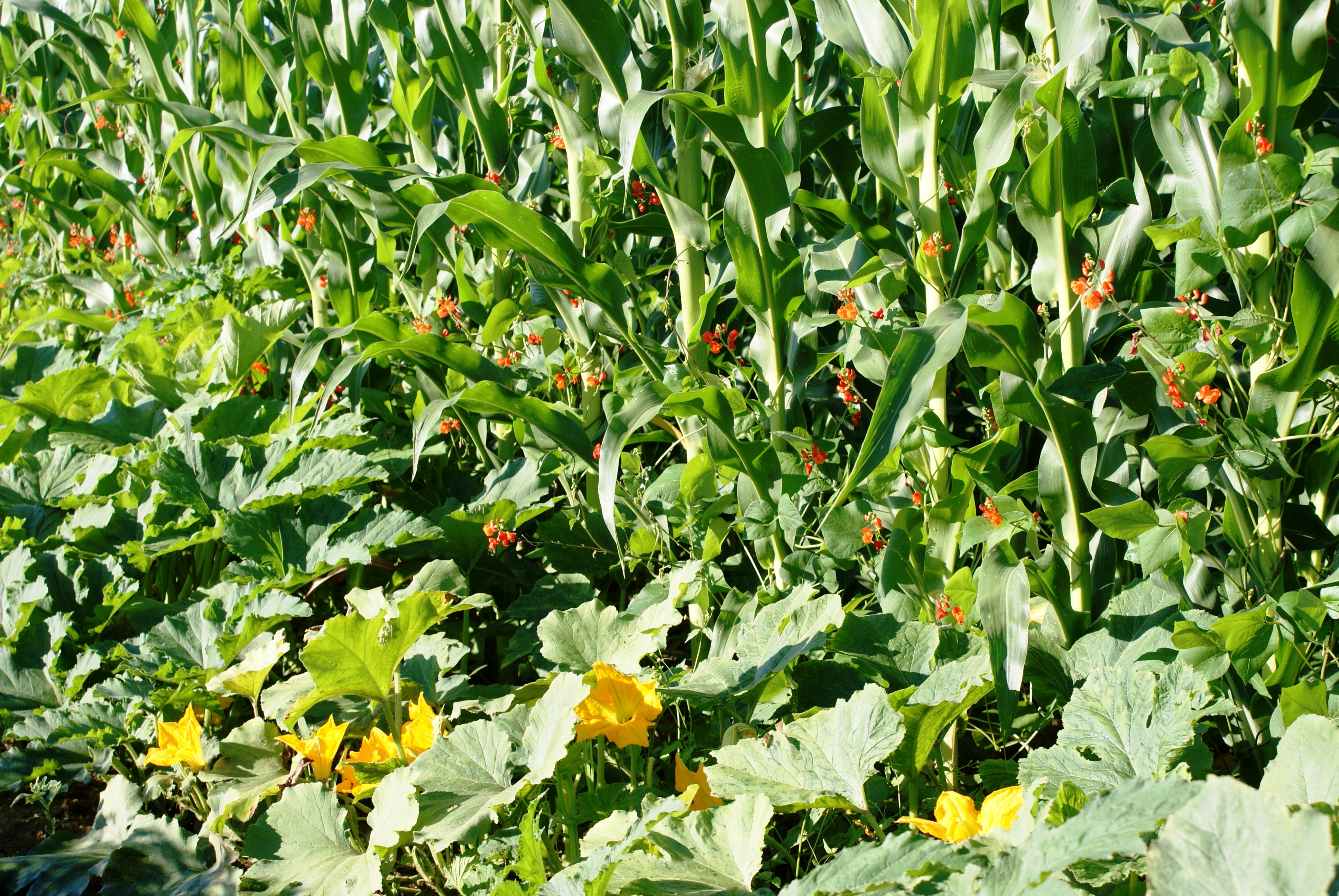SZG: integrating plant traits for intercropping into breeding and (re)introducing ‘The Three Sisters’

Saatzucht Gleisdorf GmbH (SZG) is a small private breeding company located in Styria (South-eastern Austria) with a long tradition in pumpkin, legume and corn breeding. In the Diversify project we are organizing national stakeholder workshops and knowledge exchange with stakeholders. We perform field trials and data collection for trait assessment of the currently used plant team Phaseolus bean/corn and of plant teams currently not in the field in Austria like Phaseolus bean/sorghum intercrops. Faba bean cultivars, intercropped with wheat, with oat and with grass pea are jointly evaluated with the national EIP Innobrotics project. As breeders we hope to apply the Diversify modelling results to help identify key traits that mediate plant-plant interactions, and ideal crop mixtures for specific current and future climatic conditions. In future breeding programs we can integrate those traits into breeding considerations for better adaptation of cultivars to intercropped systems.
Intercropping Phaseolus coccineus beans (runner beans) with corn has a long tradition in Styria. In 2016 the Styrian Scarlet Runner Bean received the status of a protected designation of origin (PDO) to ensure future local cultivation and high quality of the products. Nevertheless yield stability is fluctuating, especially in dry and hot years and the Phaseolus crop realizes only a small part of its yield potential in the current intercropping system when grown on large scale. We hypothesize that due to the high biomass of the system, an unfavourable microclimate could develop in deeper parts of large scale Phaseolus-corn mixed culture field sites.
An old system, used in small-scale agriculture and home gardens is intercropping Phaseolus beans and corn together with pumpkin. In that system – called ‘The Three Sisters’ – corn is the supporting crop for the beans, while the pumpkin plants regulate weed and moisture content of the soil. This system is currently not used in modern agriculture due to concerns regarding plant protection issues and mechanical harvest of the crops.
In 2018 a Diversify participatory farmer in our region will grow this system to demonstrate its advantages. Our Phaseolus coccineus bean cultivars are highly dependent on insect pollination, and we assume that pollinators avoid flying deep into Phaseolus/corn areas with high biomass/narrow space and a complex structure focusing instead on the outer rows of a mixed culture field site. Thus we will alternate small strips of Phaseolus/corn mixed cultures with strips of pumpkin monocultures to support a better pollination of the beans, to exploit “border effects” and to manage the microclimate for all three crops. The width of the blocks will be adjusted to the minimal operating range of the harvesting machines for pumpkins and for the Phaseolus/corn mixed culture.
We are excited to evaluate the results of this promising project for crop diversification – watch this space!
| AUTHOR: Eveline Adam |